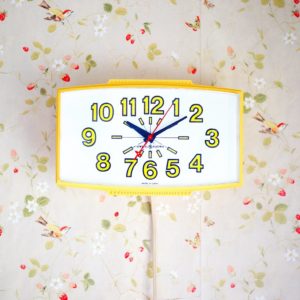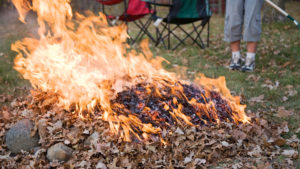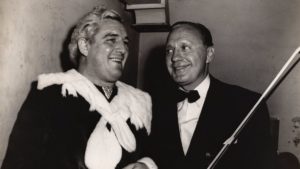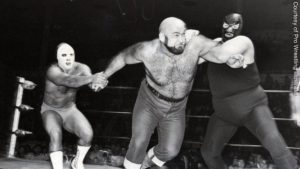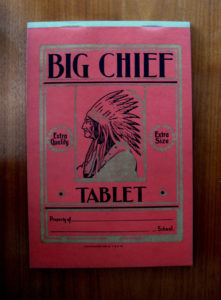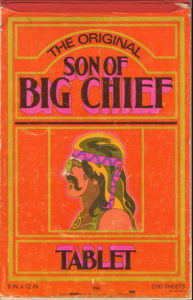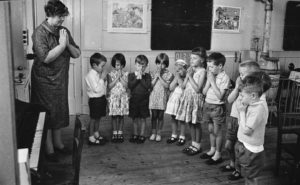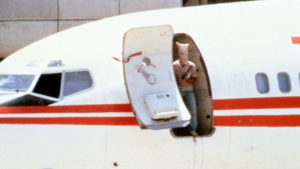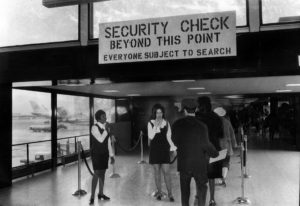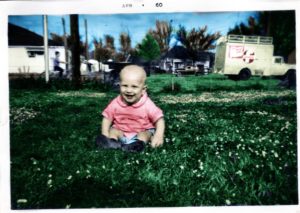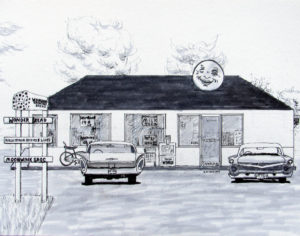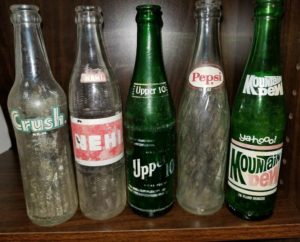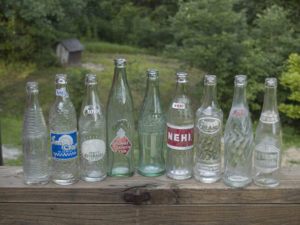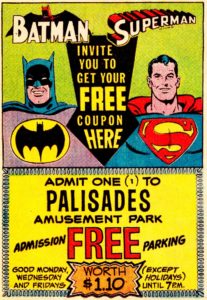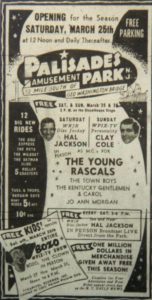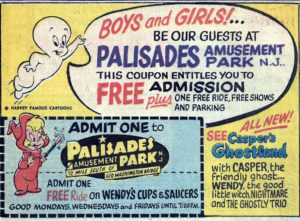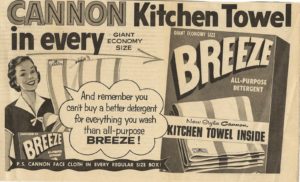 My mom used to get aggravated at me when I would pick out a breakfast cereal based on what prize might be contained inside. But you know what? She bought laundry detergent based on the fact that there were drinking glasses inside the box! I believe the brand was Oxydol, if I remember right.
My mom used to get aggravated at me when I would pick out a breakfast cereal based on what prize might be contained inside. But you know what? She bought laundry detergent based on the fact that there were drinking glasses inside the box! I believe the brand was Oxydol, if I remember right.
In many ways, the internet has taken us back to the days when freebies were abundant, e.g. gas station gifts. You can outfit your system with a free operating system, office suite, protection against viruses and spyware, and even have the weather presented up-to-the-minute, all for free.
But step back to the 60’s, and you could see detergent makers tempting consumers with gifts buried within the powder.
These gifts were usually glasses. The style would vary from brand to brand, and brands would also vary what they offered. They all put at least three sizes in, that would prove motivating for multiple purchases.
I know many of our drinking glasses were retrieved from detergent boxes. Mom also bought Crystal Wedding oats (each container also had a glass within) and bought Welch’s jelly (those Flintstone-laden jelly glasses will rate their own column).
Breeze detergent took a different approach: free towels. I can still remember an early 70’s commercial featuring Porter Wagoner and Dolly Parton that aired in my area. Dolly was very excited because the towels had pictures of flowers on them. I’ll never forget how she gushed about the “zeenyas!”
It’s been a long time since I’ve seen detergent packed with goodies. Like so many of the little niceties we enjoyed as children of the Baby Boom, they have taken their leave. But you know what? Being able to download a free office suite from openoffice.org is pretty cool too. And you don’t have to rinse the detergent off before you use it.
